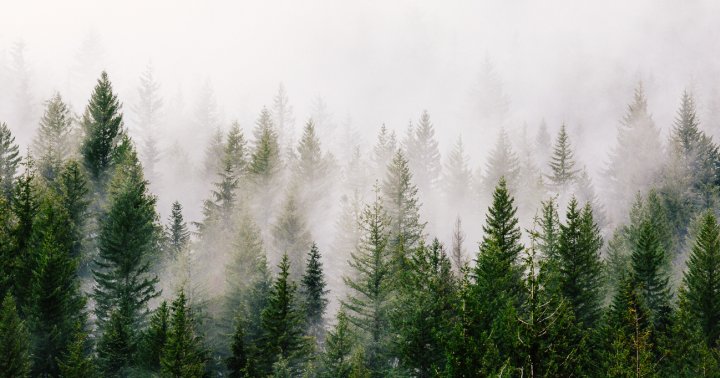Climate lessons we can all learn from Indigenous wisdom
“The knowledge systems and practices of indigenous peoples and local communities play an essential role in safeguarding the biological and cultural diversity of our planet,†reads a recent report published in the magazine. Ethnobiology Journal, written by 30 indigenous and non-indigenous international scholars.
“Our warning sounds the alarm on the pervasive and pervasive erosion of knowledge and practices and the social and ecological consequences of this erosion,” the report continues. In this context, the word “erosion†is loaded with meaning. Often used to describe weathering of the land, its application to indigenous knowledge alludes to the parallels between people and place.
It’s a connection that Yuria Celidwen, Ph.D., a native of indigenous Nahua and Mayan descent, often sees his scholarly work as the intersection of indigenous studies, cultural psychology and contemplative science.
“In addition to massive species extinctions, a cultural and linguistic extinction is occurring that deeply affects indigenous peoples in all kinds of ways,†Celidwen said on a call with mindbodygreen.
This extinction is perhaps most clearly demonstrated in the loss of the native language. Of the nearly 7,000 languages ​​spoken in the world, she says more than half of them are indigenous languages. Half of them are now spoken by less than 1,000 people, which means that “every two weeks a language is lost,” says Celidwen.
Meanwhile, she adds that the area where most of this loss occurs – the tropical belt – is also where we are losing biodiversity as quickly as possible. Consider this: although they oversee around 20 percent of the world’s land area, indigenous communities protect approximately 80% of the remaining forest biodiversity.
When Indigenous culture is threatened, so is the rest of life on Earth. Now Celidwen says, “We can clearly see what interdependence really means.”

